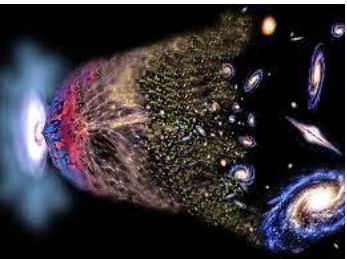
Submission to VIJ 2023-09-22
Copyright (c) 2023 Rezvan Alvandi

This work is licensed under a Creative Commons Attribution 4.0 International License.
Abstract
Traveling faster than the speed of light in this era is one of the biggest dreams of a human, and it is still unsolved problem, many articles were downloaded about it but all of them were impractical and impossible in my mind, so I started to think about it, and design an experiment, there was related to one of the unsolved problem physics about rest mass and relativity mass. This association illustrates that by converting rest mass to relative mass the speed of observed object could approach to the speed of light or maybe go further. This finding assists to come up with a method to pass milky galaxy and even find any undiscovered galaxy around. According to my research, negative germs are some bacteria that are useful for traveling faster than the speed of light, so by tolerating lots of pressure, once researcher converted herself to a negative germ to travel in time. After this experience, noticed that the time has gone back for 3 hours. This is a fact which was dreamed for many scientists for many years. Indeed, changing into black germ to be able to travel back in time needs a thorough and complicated process which is available at the followings. By producing industrial sample of negative germ, we can go through black hole inside milky galaxy and then link to another black hole in other galaxy. Then talking about Singularity and how these circumstances are fashioned, which is a term of very quick program and at the end it will be explained why maybe rose gold galaxy would be the next destination of human life
References
- - Picture selected from internet
- - book: The Special and General Theory, by Albert Einstein (1879–1955)
- - black hole hunter by Dennis Overby, June 8 2017
- -
- - Wald, R. M. (1997). "Gravitational Collapse and Cosmic Censorship". In Iyer, B. R.; Bhawal, B. (eds.). Black Holes, Gravitational Radiation and the Universe. Dordrecht: Springer. pp. 69–86.
- - Bridge, Mark (Director) (30 July 2014). First Second of the Big Bang. How The Universe Works. Silver Spring, MD. Science Channel.